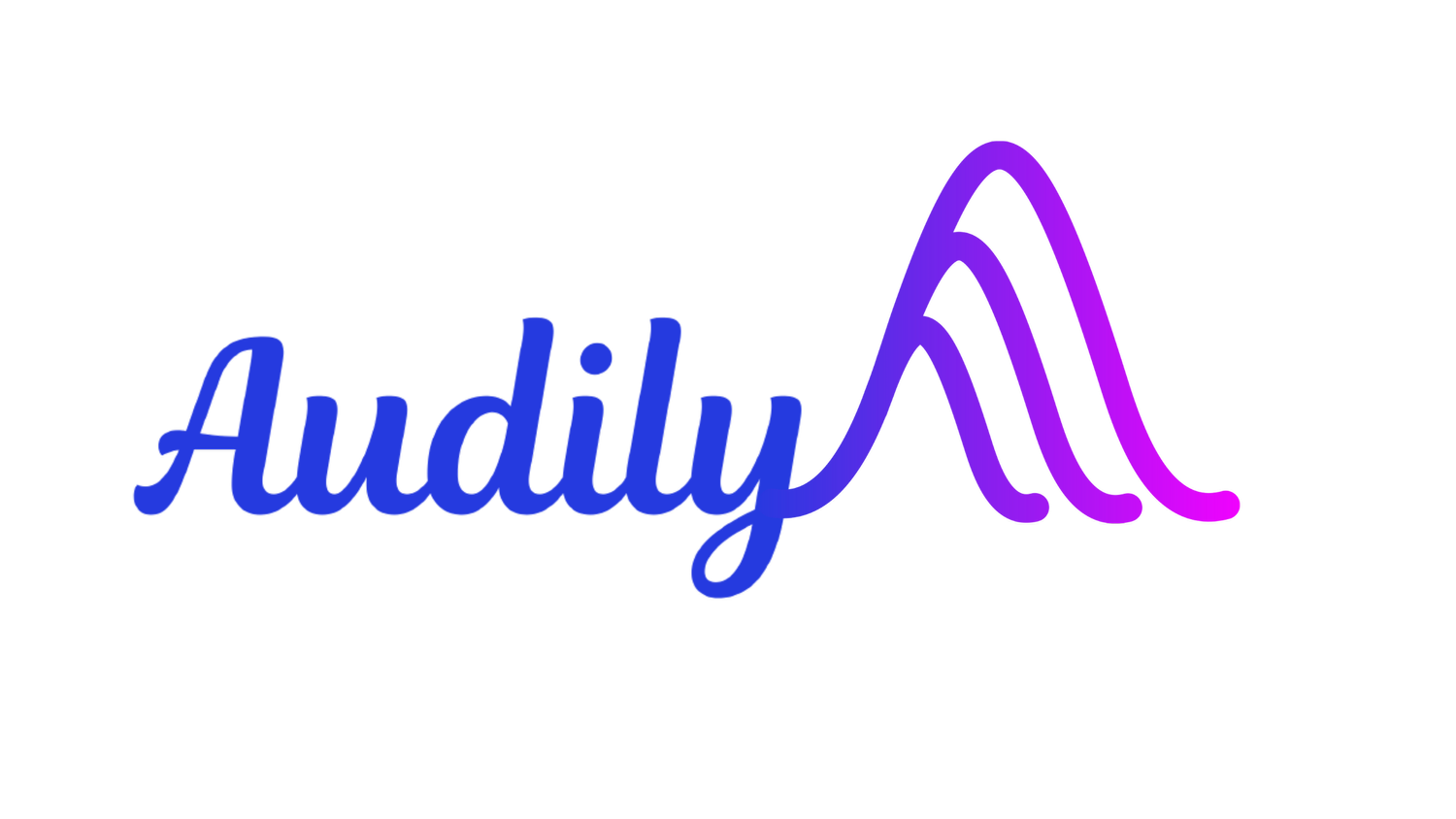5 Steps To Monetize Your Podcast
You have a podcast, you create content, you are passionate about your topic, have been consistent with that content and quality and you have put in your time giving value to your audience. Perhaps you have seen an increase in your stats and analytics, but how do you take it to the next level and get paid? How do podcasts make money?
Below are the 5 steps to monetize your podcast today:
Donations.
Extra Content.
Ads.
Sell the Back Catalog.
YouTube.
There are many podcasters who take various strategies to generate money, and one thing to remember is that whatever strategy you decide on, make sure it’s one that is cohesive with your audience. This is not necessarily about making money, it’s providing value to your audience. With that mindset, growth and numbers are a side effect.
Donations.
Donations are a simple way to generate funds to not only keep your podcast going, but helps with your audience engagement. The podcasting industry is mainly non-centralized and listeners understand a lot of what they listen to are self-funded, and fans are happy to donate a few bucks to keep their valued content consistently coming.
Calls to action in your pre-roll, post-roll, on your website or blog is a great way to direct your fans to a simple PayPal or Stripe button on your website. In a call to action, listeners are more responsive to donate if they know where the money is going, and what it’ll be used for. For a lot of podcasters, that would be the maintaining of hosting platforms, or equipment upgrades to provide more content.
Extra Content.
Extra content is a tried and true method to provide more value for your audience. Setting up extra tiers for a monthly subscription can be a sustainable solution monetarily speaking. Here is where you can add more of your flavor, style and creativeness that is cohesive for your audience.
For example: A podcast may theme on Nature Recordings, and interviewing guests that also record nature sounds. A target audience is field recordists, content creators, and game developers. Very niche, yes, but follow me here.
Setting up a Patreon account will allow this podcast to offer several tires for extra content for the patron.
Tier 1 ($5 / month) includes an ad free, dialogue free private podcast feed of the show (an uninterrupted experience for the subscribers), as well as providing a ‘spatial audio’ listening experience (a listening experience provided nowhere else and specific to the audience).
Tier 2 ($10 / month) includes everything in tier 1, and the ability to download the spatial audio recordings to use in other podcasts, commercials, even video games. (licensing sounds like these can get very expensive.)
This brings great VALUE to the audience and as a side effect, puts dollars in your pocket.
Ads.
Advertising networks like AdvertiseCast, Midroll, Podcorn, and PodGrid act as middlemen between podcasts and sponsors. When you apply to a platform, they will take a cut from the ad placements included in your show so be sure to read the fine print. Typically, the revenue share follows a CPM model where you are paid for every 1,000 impressions served to the ad unit.
AdvertiseCast has a 70/30 revenue share model where the podcast host takes 70% of the revenue earned and they take 30%. If a podcast has between 1,000-2,499 listeners per episode, the 30 second ad unit has a $23 CPM. After 2,000 listens, the sponsor pays $46. That’s $23 * 2 because the sponsor is charged per 1,000 listens. In the end, the podcast host will take home $32.20 and AdvertiseCast takes $13.80.
Depending on your reach, it’s important to estimate what you might earn from an advertising network. AdvertiseCast has a pricing calculator that estimates the total cost of ad units placed in your show. Just remember, you’ll only take home 70% of the total.
Sell the Back Catalog.
In the instance you may have hundreds of older episodes, gating your back catalog is a good strategy. “Gating” refers to putting up a paywall on your website to access the older episodes.
As you provide new content for your audience, remove older episodes or “seasons” on your rss feed, and upload them to your website behind your pay wall of your choosing.
Remember to have a call to action on your various mediums directing your listeners to this paid feature that helps the sustainability of your podcast.
YouTube.
Publish your podcast to YouTube if you haven't already done so and thank me later. More and more listeners and potential listeners head to the Video Monopoly company to discover new content everyday.
All you have to do is enable monetization in your account settings and Google will handle the ads and distribute your money.
You don’t have to do a lot of video editing. Just add a single image to your episode recording. Also think about YouTube SEO best practices to surface your videos in more search results.
How much can you make on YouTube? It depends on video views, how long people watch, whether they skip your ads, and whether they click on your ads. Generally speaking, you can make between $0.50 and $2.00 per view.
Break your episode into smaller “bite size” chunks for social media (including YouTube). A 3 - 5 minute videogram or audiogram gets more impressions and plays than longer form content. Repurpose your long form to get many bite size pieces of content that can be shared.
Audily is a trusted, top-flight podcast and audiobook production firm, managing everything from guest booking, production, editing, all the way through to monetization and providing growth analytics and insights.
Reach out today.
Enhance your voice with confidence.
What could your organization achieve if you had a focused and industry-leading production team behind you?







